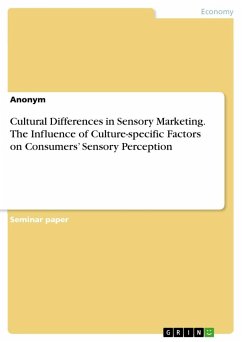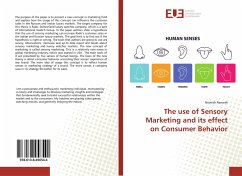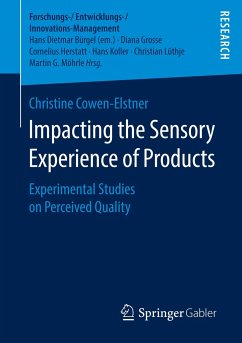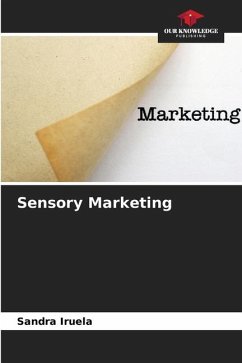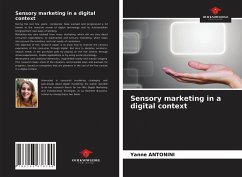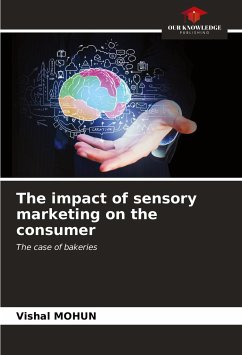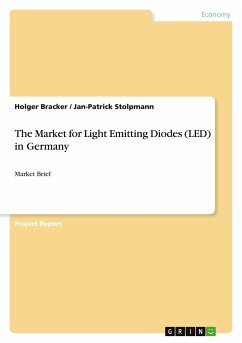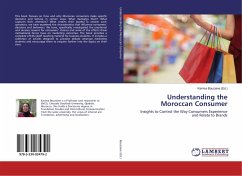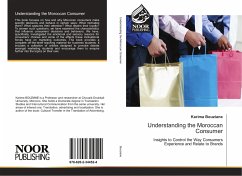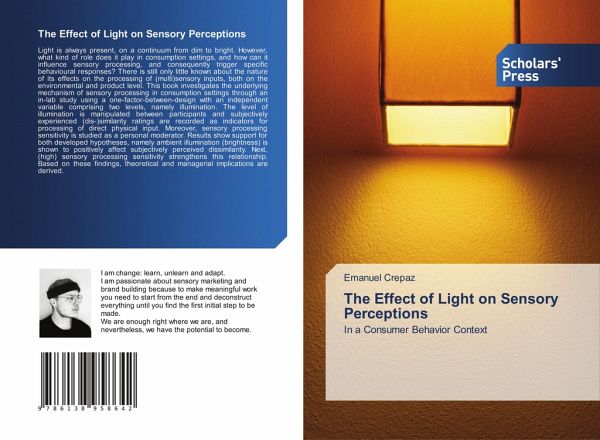
The Effect of Light on Sensory Perceptions
In a Consumer Behavior Context
Versandkostenfrei!
Versandfertig in 6-10 Tagen
30,99 €
inkl. MwSt.

PAYBACK Punkte
15 °P sammeln!
Light is always present, on a continuum from dim to bright. However, what kind of role does it play in consumption settings, and how can it influence sensory processing, and consequently trigger specific behavioural responses? There is still only little known about the nature of its effects on the processing of (multi)sensory inputs, both on the environmental and product level. This book investigates the underlying mechanism of sensory processing in consumption settings through an in-lab study using a one-factor-between-design with an independent variable comprising two levels, namely illumina...
Light is always present, on a continuum from dim to bright. However, what kind of role does it play in consumption settings, and how can it influence sensory processing, and consequently trigger specific behavioural responses? There is still only little known about the nature of its effects on the processing of (multi)sensory inputs, both on the environmental and product level. This book investigates the underlying mechanism of sensory processing in consumption settings through an in-lab study using a one-factor-between-design with an independent variable comprising two levels, namely illumination. The level of illumination is manipulated between participants and subjectively experienced (dis-)similarity ratings are recorded as indicators for processing of direct physical input. Moreover, sensory processing sensitivity is studied as a personal moderator. Results show support for both developed hypotheses, namely ambient illumination (brightness) is shown to positively affect subjectively perceived dissimilarity. Next, (high) sensory processing sensitivity strengthens this relationship. Based on these findings, theoretical and managerial implications are derived.



